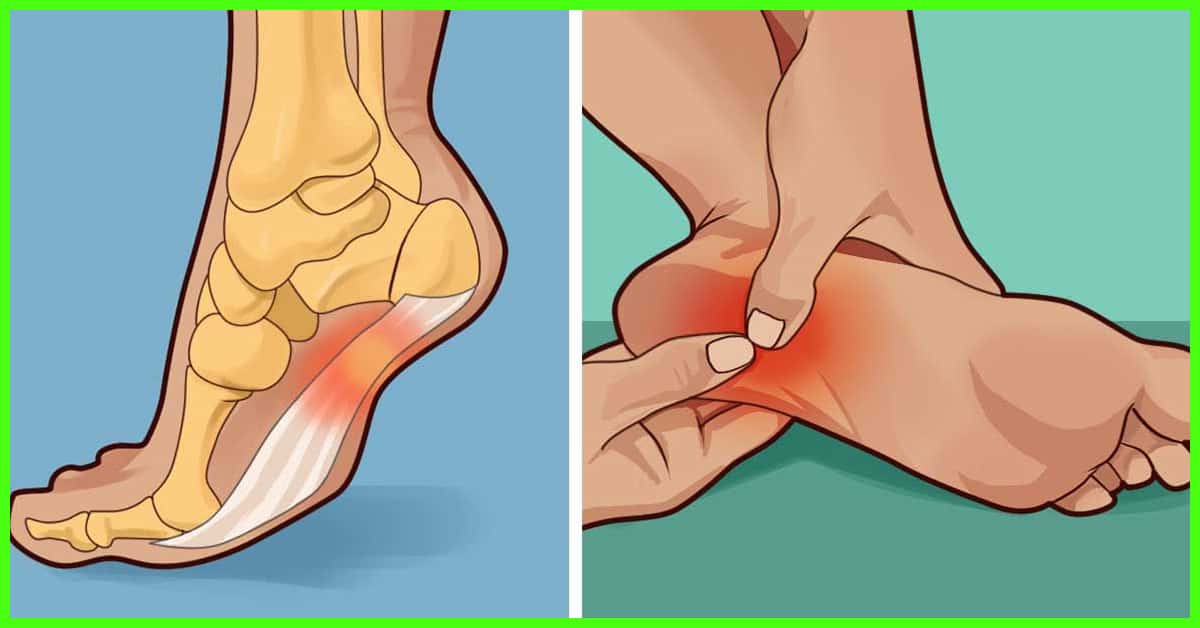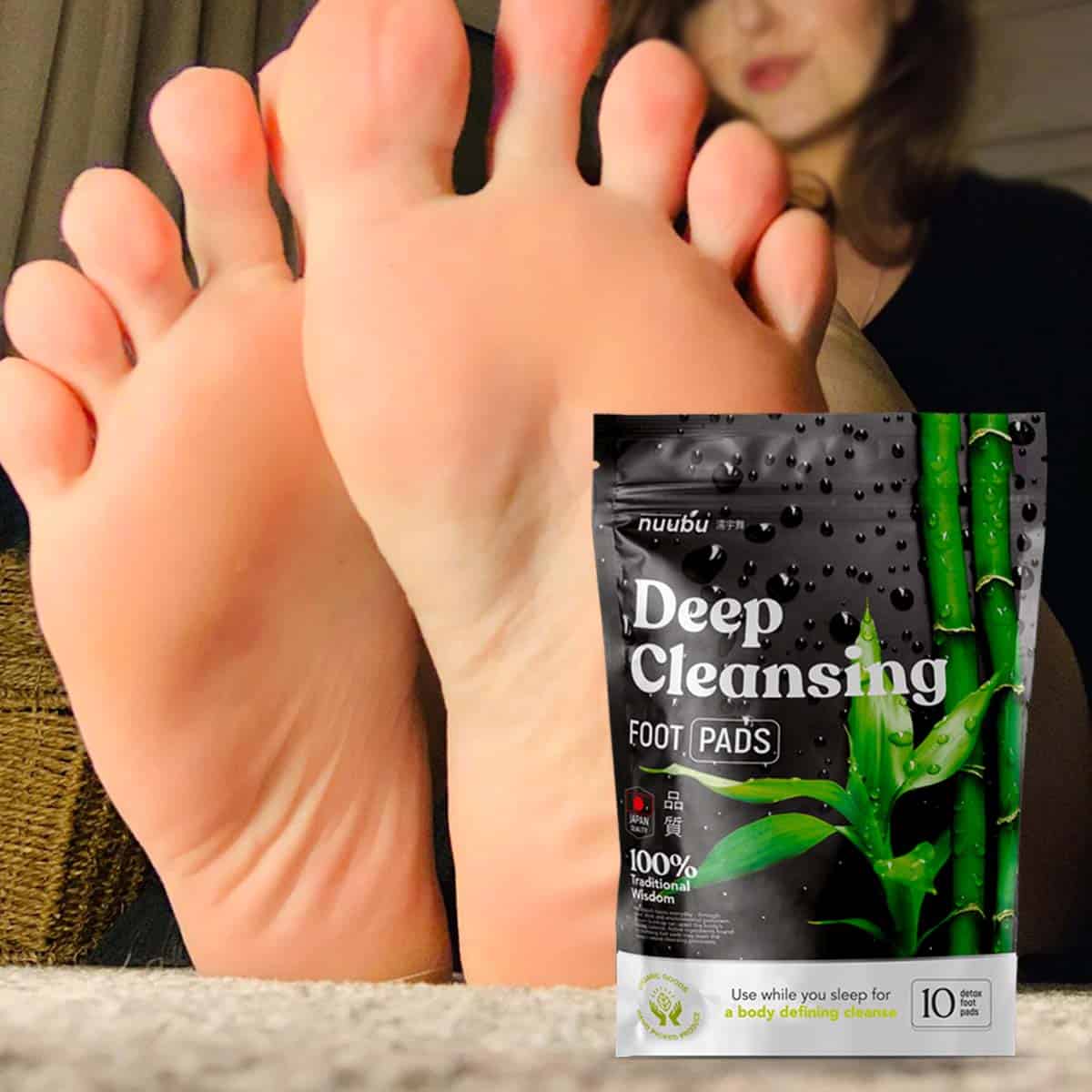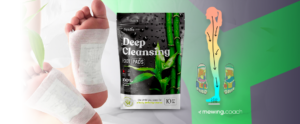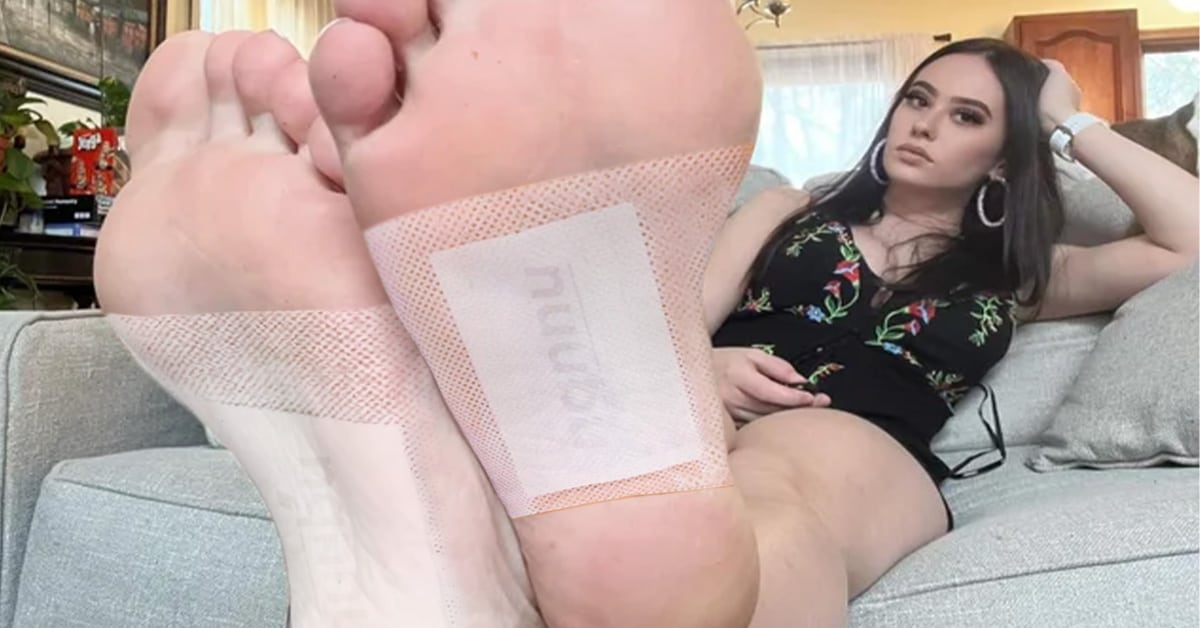Standing all day can be a pain, literally! Your feet take on the brunt of your weight for hours, leading to fatigue and soreness. Research has shown that prolonged standing can have significant effects, causing foot problems beyond just temporary discomfort.

The pain from standing for long can be managed with effective tips, such as using detox foot pads or relaxing soaks. Learn how to stop foot pain from standing all day with 17 powerful tips to keep your feet happy and healthy.
Causes Feet Pain After Prolonged Standing
Understanding the causes of foot pain after standing all day is the first step toward finding relief and ensuring better foot health. Let’s delve into the common reasons behind this discomfort and explore how to address them effectively.
| Muscle Fatigue | Circulation Issues | Strains on Joints | Foot Structure |
| Previous Injuries | Obesity | Overuse | Improper Footwear |
| Hormonal Changes (Pregnancy) | Lack of Movement | Compression on Nerves | Unfavourable Weight Distribution |
| Lack of Arch Support | Dehydration | Impact on Overall Posture | Inadequate Breaks |
| Lack of Shock Absorption | Nerve Compression | Footwear Rigidity | Tension and Stress |
#1. Foot Detox Pads for Relaxation and Cleansing

Been standing all day? Indulge in relaxation and cleansing with detox foot pads like Nuubu patches. These pads are thought to work wonders by drawing out toxins and impurities through the skin’s pores.
Typically infused with natural ingredients such as bamboo vinegar and tourmaline, they offer a soothing experience while promoting detoxification. Additionally, ingredients like ginger and lavender provide a spa-like relaxation to your feet, relieving foot fatigue effectively.
While there are no detox foot patches side effects, some users complain of mild itching after use, which is insignificant considering the holistic benefits of these pads.

#2. Ice Massage for Quick Soothing
For quick pain relief after standing all day, try an ice massage. Use an ice roller or a frozen water bottle wrapped in a towel to gently massage your sore soles for 10-15 minutes.
The cold therapy reduces inflammation by constricting blood vessels and numbing sore areas offering temporary pain relief. Remember to avoid applying ice directly to your skin to prevent irritation.
#3. Calf Raises for Strengthening
Standing all day can take a toll on your feet. But strong calf muscles act like shock absorbers, reducing stress and fatigue. Here’s a simple calf raise exercise to strengthen your calves. add to your daily foot care routine.
Stand with feet shoulder-width apart and rise up onto your toes. Hold for a few seconds, then slowly lower back down. Repeat 10-15 times, 2-3 sets. Regular calf raises can help strengthen your feet, making standing for long periods more comfortable and preventing pain.
Warm water soaks, which are a part of your daily foot care routine for soft feet, also relax stiffened muscles of the calves and feet after prolonged standing.
#4. Foot Stretches at Work
Prolonged standing is unavoidable in many occupations, such as teaching or manufacturing industries. You can stop foot pain from standing all day with discreet stretches you can do at work. Try toe raises by lifting your heels off the ground while keeping your toes planted, or roll a small ball under your foot for a gentle massage.
These simple stretches can alleviate tension and promote circulation, offering ongoing relief throughout the day. Remember to incorporate them into your daily routine to maintain flexibility and prevent discomfort from prolonged standing.
#5. Prevent Sore Feet With Regular Check-ins and Adjustments
Prevent foot pain by regularly checking in on your footwear and orthotics. Over time, our feet may undergo changes, especially with age. Adjust shoe size or orthotics as needed to accommodate these shifts and ensure optimal comfort.
This practice becomes crucial when wearing heels, where the right fit is paramount. By staying attentive to your footwear needs and making timely adjustments, you can stop foot pain when wearing heels and promote enduring comfort.
#6. Foot Spa Day or DIY Massage Techniques
Treat your feet to a spa day at home with rejuvenating soaks and self-messages. Fill a basin with warm water and Epsom salts for a soothing soak. While your feet soak, gently massage them to improve circulation and ease tension:
- Thumb circles: Make gentle circles with your thumbs on the soles of your feet.
- Knuckle rubs: Use your knuckles to rub up and down the tops of your feet.
- Toe pulls: Gently pull each toe individually to stretch and release tension.
This self-care ritual improves foot health for anyone experiencing pain from prolonged standing, but especially helps with swollen ankles in elderly.
#7. Hydration for Foot Pain
Keep foot pain from prolonged standing in check by keeping hydrated. Drinking enough water throughout the day plays a crucial role in preventing foot swelling and discomfort. Learn more about “can swollen ankles be a sign of dehydration” here.
Make sure to sip on water consistently to support your foot health. It’s a simple yet effective way to keep those pains at bay and ensure your feet feel their best.
#8. Toe Exercises for Flexibility
Maintaining flexible toes is crucial for overall foot health and comfort. Here are some simple toe exercises you can do regularly to improve toe mobility and prevent stiffness:
- Spread your toes apart as wide as possible, hold for a few seconds, and then relax. Repeat 10-15 times.
- Curl your toes inwards as much as possible, hold for a few seconds, and then relax. Repeat 10-15 times.
- Make small circles with your toes, both clockwise and counter-clockwise, for 10 repetitions each direction.
#9. Mindful Walking Techniques
Mindful walking involves paying close attention to your body’s sensations, including your posture and foot placement, as you walk. This practice offers several benefits for your feet.
By focusing on proper alignment and foot strike, you can distribute weight evenly, reducing stress on specific areas of your feet. Also, you become more aware of how your feet land and distribute weight, allowing you to make adjustments to minimize stress on certain areas. Mindful walking improves overall body awareness and coordination, leading to better balance and stability.
#10. Feet Rotation Exercises
Simple foot rotation exercises can improve ankle mobility and flexibility, promoting overall foot health. Here are two easy exercises to incorporate into your daily routine:
- Ankle Circles:
Sit in a chair and make slow circles with your right foot, tracing a large circle 10 times clockwise, then repeat 10 times counter-clockwise. Switch and repeat with your left foot.
- Toe Taps:
While seated, extend one leg straight out and gently tap your toes on the ground 10-15 times. Repeat with the other leg.
Perform these exercises a few times a day to maintain good ankle mobility and contribute to overall foot well-being. Remember, consistency is key
#11 Roll a Golf Ball for Plantar Fascia
Plantar fascia is a ligament that supports the arch of your foot, crucial for maintaining foot mechanics and stability. However, it can become inflamed due to overuse or strain after prolonged standing, leading to a condition called plantar fasciitis, which causes heel pain.
For targeted relief from plantar fasciitis pain, try rolling a golf ball under your foot.
This self-massage technique applies pressure to the plantar fascia, helps loosen its tightness and inflammation, and improves blood flow to the area. By applying gentle pressure and moving the ball around, you can target specific areas of the foot that are sore or stiff. This can provide relief and prevent further injury.
#12. Ankle Alphabet Exercises
The ankle alphabet exercise is a simple and effective way to improve your ankle’s range of motion and flexibility. It can also help prevent ankle injuries and reduce pain.
To perform this exercise, sit with one leg extended and draw the letters of the alphabet in the air with your toes. You can use uppercase or lowercase letters, or both. Repeat the exercise with the other leg. Do this once or twice a day for best results.
#13. Silicone Inserts for Added Comfort
Silicone inserts are a great option for individuals who experience discomfort in specific areas of their feet, such as the heel, ball, or arch. Silicone inserts can provide additional support and cushioning to these areas, reducing pressure and friction that can cause pain and inflammation.
Silicone inserts can also help improve your posture and balance, especially during standing activities such as walking, running, or working. Silicone inserts are easy to use, durable, and washable, making them a convenient and effective solution for foot comfort.
#14. All Day Feet Mobility Gadgets
Foot mobility gadgets are devices that can help improve the health and function of your feet, especially after prolonged standing. Some examples of foot mobility gadgets are foot rollers, massage balls, toe spacers, and compression socks. These tools can help relieve pain, stiffness, inflammation, and fatigue in your feet by stimulating blood circulation, relaxing muscles, stretching ligaments, and aligning joints.
You can incorporate these tools into a regular foot care routine by using them for 10 to 15 minutes a day, preferably before and after standing activities. This can help prevent foot problems and enhance your mobility and comfort.
#15. Yoga for Foot Flexibility and Health
Yoga is a holistic practice that can improve your foot flexibility and your overall well-being. Here are some simple yoga poses that you can try:
- Yogi toes: Curl and spread your toes to stretch the muscles and ligaments of your feet.
- Ankle pumps: Move your ankles up and down to increase blood flow and reduce swelling.
- Tree pose: Balance on one foot and press the other foot against your inner thigh to strengthen your arches and ankles.

#16. Over-the-Counter Medications to Relieve Feet
Over-the-counter (OTC) pain relievers such as acetaminophen (Tylenol) or ibuprofen (Advil) can help ease acute discomfort after standing all day. They can reduce pain, inflammation, and fever by blocking the production of prostaglandins, chemicals that cause these symptoms.
However, OTC pain relievers are not without risks. They can cause side effects such as stomach upset, liver damage, bleeding, or allergic reactions. They can also interact with other medications or health conditions. Therefore, it is important to consult a healthcare professional before using them regularly or exceeding the recommended dose.
#17. Maintain Healthy Body Weight
Your body weight can have a significant impact on your foot health. Excess weight can increase the pressure and strain on your feet, leading to pain, inflammation, and deformities. It can also increase your risk of developing chronic diseases such as diabetes, arthritis, and cardiovascular problems, which can affect your feet as well.
To prevent these issues, it is important to maintain a healthy weight through a balanced diet and regular exercise. A balanced diet can provide you with the nutrients and energy you need to support your feet and overall health. Regular exercise can help you burn calories, strengthen your muscles and bones, and improve your blood circulation and posture.
By keeping a healthy weight, you can reduce the fatigue and discomfort in your feet after standing all day. You can also enjoy the benefits of a healthier and happier lifestyle.



